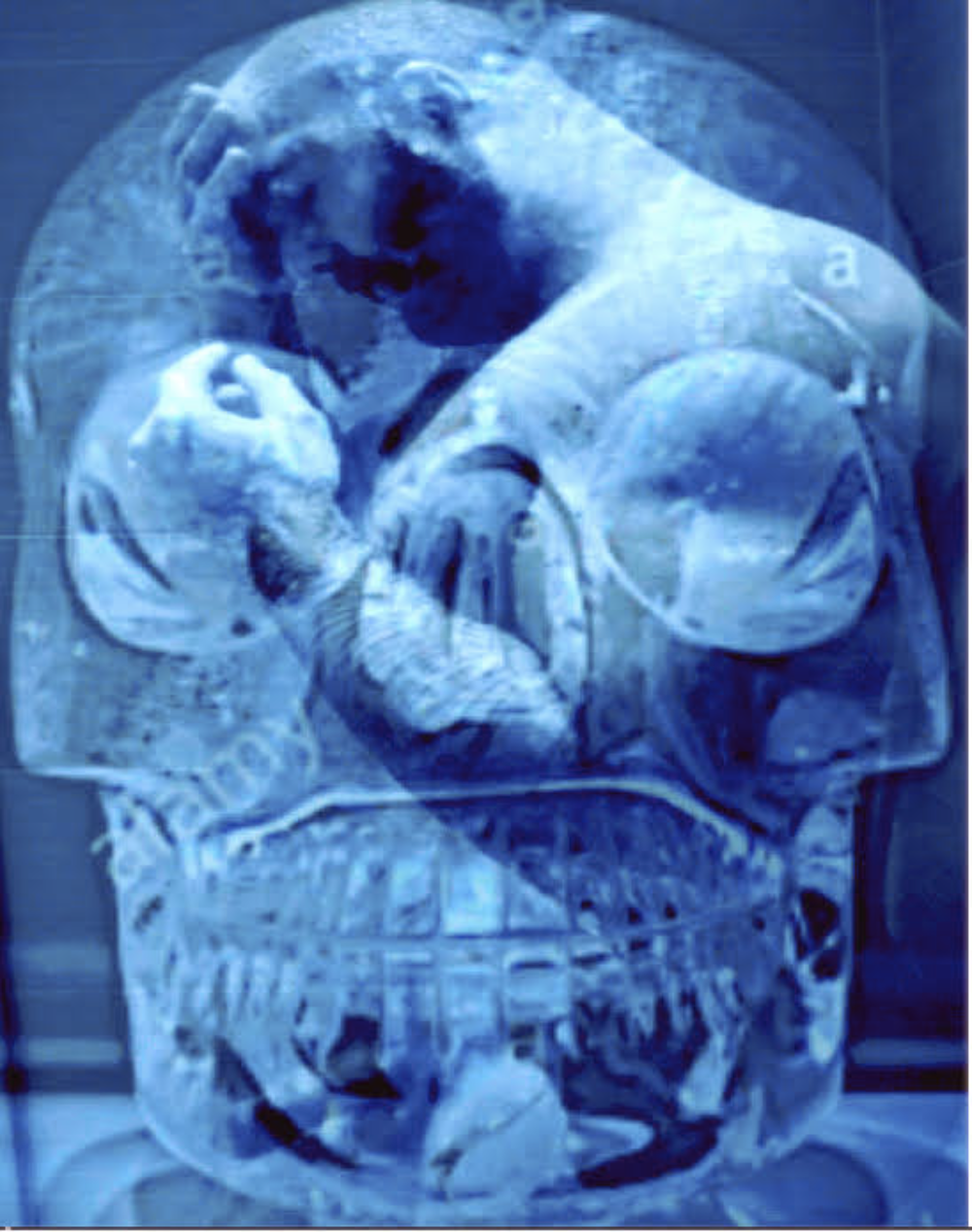Artificial Intelligence is transforming every aspect of modern business—marketing, operations, logistics, and customer service. But here’s the catch: not all AI models are created equal. Business leaders often make the mistake of lumping all AI into one category, which leads to inefficiencies, poor decision-making, and wasted investment.
Two dominant AI approaches—Generative AI and Causal AI—serve vastly different purposes. If you want to integrate AI into your workflow strategically, you must know the difference. This knowledge ensures you select the right model for your business goals, whether that’s creative content generation or decision-making based on cause-and-effect relationships.
What is Generative AI? Creativity at Scale
Generative AI models are designed to create new content. They learn patterns from massive datasets and then generate text, images, audio, or even code based on those patterns. They do not “understand” reality; instead, they predict the next most likely word, pixel, or sequence based on statistical relationships.
Common Use Cases
- Marketing & Content: ChatGPT generating blog posts or ad copy
- Design & Branding: AI tools creating product mockups or logos
- Entertainment: Music composition and video scripting
Generative AI shines when you need volume, creativity, and speed. However, it’s not built to make decisions that require understanding why something happens. It cannot answer questions like: “If I reduce my supply chain lead time by two days, how will it impact overall cost and delivery performance?”—that’s where Causal AI comes in.
What is Causal AI and Why It’s Different
While Generative AI focuses on creating, Causal AI focuses on reasoning. It’s designed to understand cause-and-effect relationships in complex systems. Unlike traditional predictive AI models that rely on correlation (A happens when B happens), causal models ask: “What happens if we intervene and change variable A?”
This distinction is crucial in environments where decisions have a significant impact on outcomes. Correlation-based models can mislead. For example, sales might increase when advertising spend rises—but is the ad spend the cause, or is there another factor, like seasonal demand? Causal AI answers this question.
Real-World Applications
- Healthcare: Determining the actual effect of a new drug on patient outcomes
- Finance: Understanding the impact of interest rate changes on loan defaults
- Supply Chain: Predicting how adjusting inventory levels affects delivery performance
- HR & Workforce: Assessing which employee incentives truly drive retention
With Causal AI, you’re not just predicting the future—you’re simulating interventions to understand their real impact. This ability is a game-changer for businesses seeking to transition from reactive forecasting to proactive strategy.

Why Choosing the Right AI Model Impacts Your Business Workflow
Selecting the wrong AI model for your workflow can be costly. Imagine using Generative AI for decisions about risk management—it might generate plausible scenarios, but it cannot guarantee accuracy or causal insight. Similarly, using Causal AI to draft marketing content would be overkill and inefficient.
Risks of Misalignment
- Bad Predictions: Relying on correlation where causation is needed leads to flawed decisions
- Resource Waste: Deploying complex causal models for simple creative tasks increases cost
- Operational Inefficiencies: Wrong AI integration disrupts workflows instead of optimizing them
Aligning AI with Business Goals
- Use Generative AI for: Content creation, design, customer interactions
- Use Causal AI for: Strategic decision-making, scenario analysis, root cause identification
Pro Tip: Before integration, map your business goals to the type of intelligence needed—creativity or causality. Then, choose the AI that delivers on that need.
Conclusion: Future-Proof Your Business with the Right AI Strategy
Generative AI and Causal AI are both powerful—but for very different reasons. Generative AI gives you scale and creativity, while Causal AI gives you clarity and control. Businesses that understand this distinction will make smarter investments, design more effective workflows, and ultimately outperform those that unquestioningly adopt AI without a strategy.
If you want to future-proof your business, start with this question: “Do I need to create, or do I need to understand cause-and-effect?” Your answer determines which AI model belongs in your workflow.
Top 5 FAQs
1. What is the main difference between Generative AI and Causal AI?
Generative AI creates new content by learning patterns, while Causal AI identifies cause-and-effect relationships for decision-making.
2. Why does it matter for business workflows?
Using the wrong AI model can lead to poor decisions, wasted resources, and operational inefficiencies.
3. Can Generative AI make causal predictions?
No. Generative AI predicts patterns based on correlation, not causality.
4. Which industries benefit most from Causal AI?
Healthcare, finance, supply chain, and policy-making—any sector where interventions impact outcomes.
5. How do I know which AI to integrate into my business?
You can use Generative AI for creativity and Causal AI for strategic, data-driven decisions.


